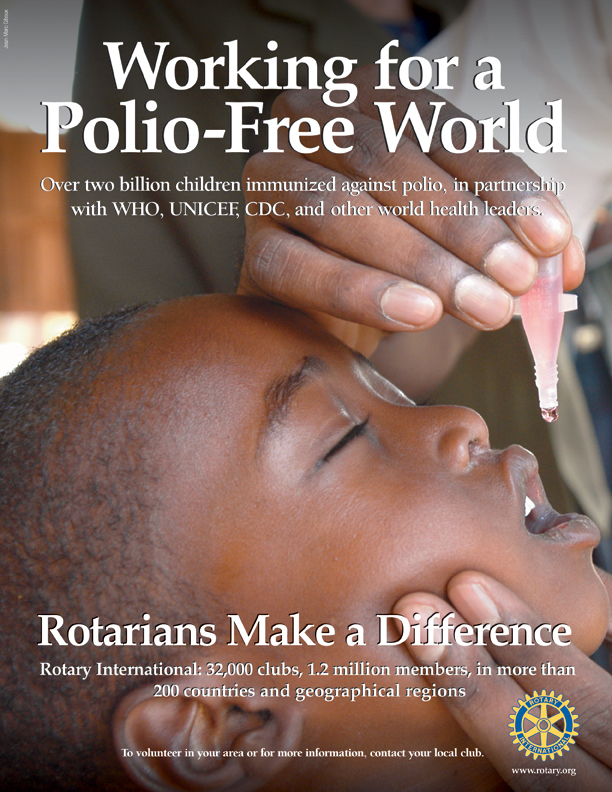Polio
What is Polio?
Polio is a potentially crippling and deadly viral disease that spreads from person to person. Once one of the most feared diseases in the U.S., polio can invade the brain and spinal cord, leading to paralysis. Thanks to widespread vaccination, polio has been eradicated in the U.S., but it continues to pose a threat in some parts of the world.
Before the polio vaccine became available, an average of 50,000 cases were reported in the U.S. each year. Now annual cases are in the single digits. Polio was one of the most dreaded childhood diseases of the 20th century, with annual epidemics, particularly in the summer. The disease often left thousands of victims—mainly children—permanently reliant on braces, crutches, wheelchairs, or iron lungs. In the 1940s and 1950s, entire hospital wards were filled with polio patients who depended on iron lungs to help them breathe, as the virus could paralyze the diaphragm.
On this page, you can explore polio’s status in the U.S., who is at risk, what the symptoms are, whether there’s a cure, and how to prevent polio.
cases of polio, on average, were reported in the U.S. each year before the vaccine. Now annual cases are in the single digits.
Polio in the US
While the U.S. has successfully eliminated polio (meaning there have been no confirmed cases of wild poliovirus circulating in the country), there have been cases here in the U.S. in recent years because wild polio is still present in some parts of the world. That is why it is so important to continue vaccinating children here in the U.S. and globally.
Learn more about Rotary’s efforts to eliminate polio around the world.
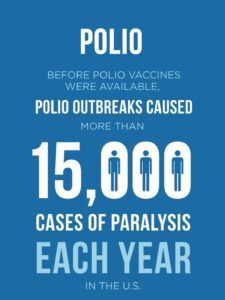
Anyone who is not up to date with their polio vaccines is at risk of contracting the disease. Although polio has been eliminated in the U.S., it can still be brought into the country from other regions, potentially leading to outbreaks.
What are the symptoms of polio?
Infection with poliovirus can cause a range of symptoms, from mild ones like sore throat and fever to more severe complications, including paralysis and death.
Most people who contract polio will not show visible symptoms. However, according to the CDC, about 1 in 4 people with a poliovirus infection will experience flu-like symptoms that last 2 to 5 days. These symptoms can include:
- Sore throat
- Fever
- Fatigue
- Nausea
- Headache
- Stomach pain
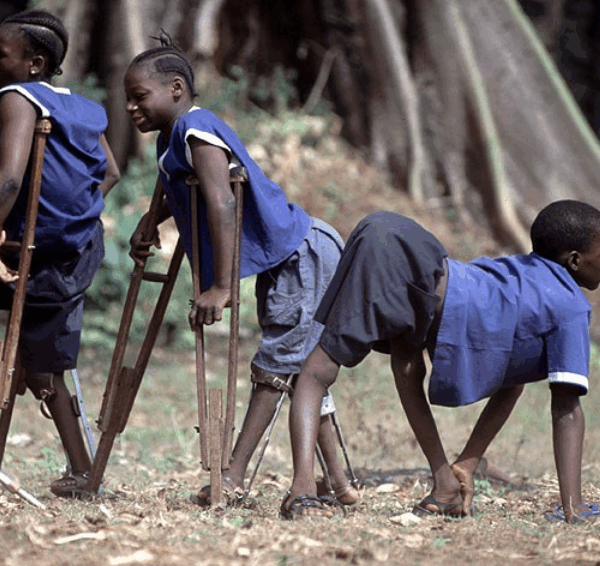
Poliovirus can cause serious symptoms
Poliovirus can cause serious symptoms that affect the brain and spinal cord, including meningitis and paralysis.
- Meningitis (infection of the lining around the spinal cord and/or brain) occurs in about 1 to 5 out of 100 people who are infected.
- Paralysis (inability to move parts of the body) or weakness in the arms, legs, or both occurs in about 1 in 200 to 1 in 2,000 people who are infected.
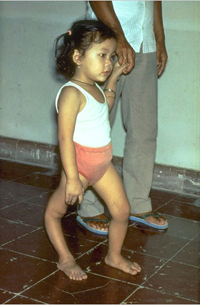
Signs of paralytic polio include:
- Loss of reflexes
- Severe muscle aches or spasms
- Loose, floppy limbs (flaccid paralysis), often more pronounced on one side of the body
- Swallowing and breathing problems
- Stiffness of the neck and back
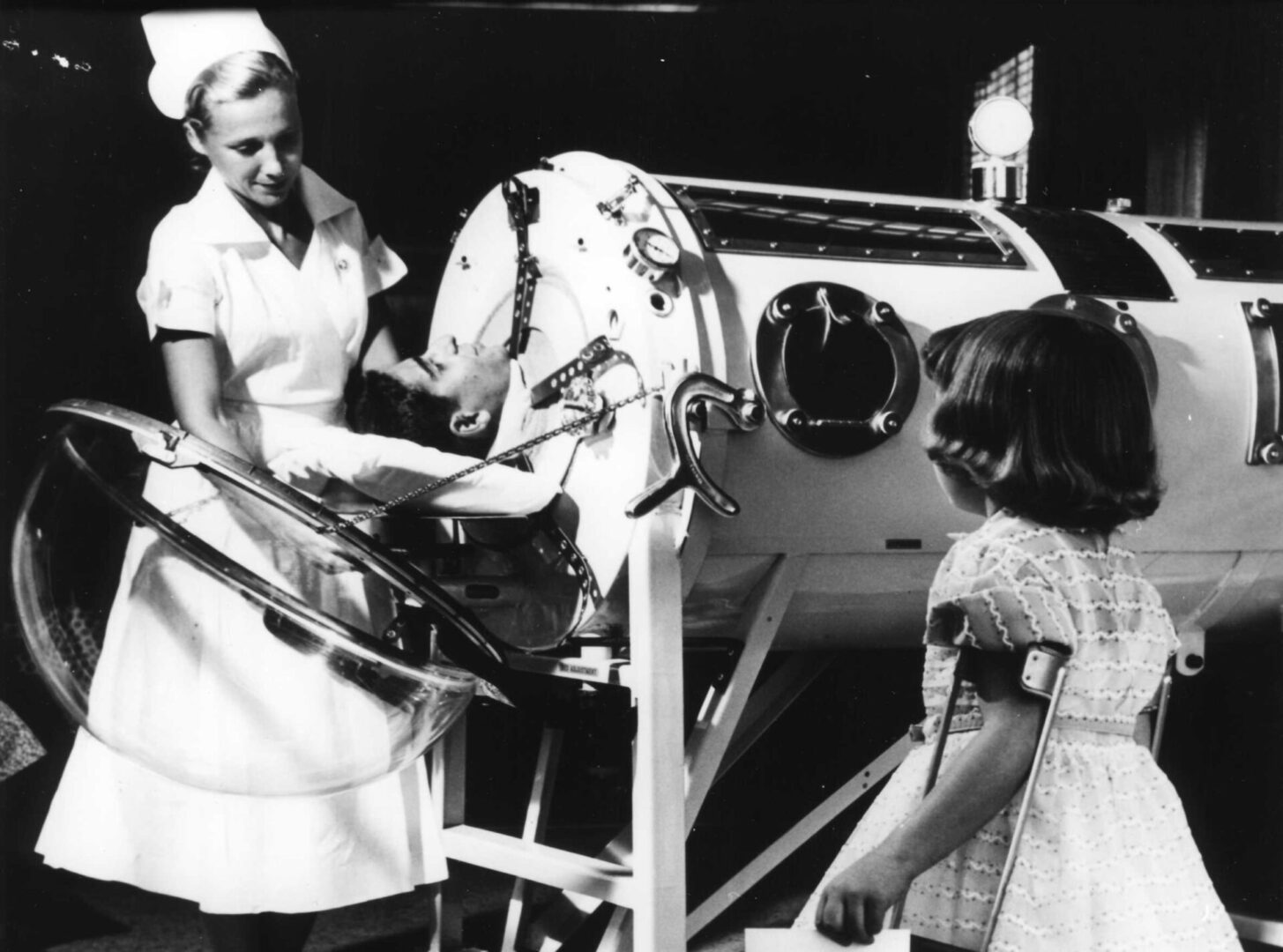
Poliovirus can lead to serious health complications, including meningitis (infection of the lining around the spinal cord and/or brain) and paralysis. Paralysis is the most severe symptom of poliovirus, often resulting in permanent disability or death.
According to the CDC, between 2 to 10 out of 100 people who experience paralysis from a poliovirus infection may die, as the virus can affect the muscles responsible for breathing.
Is there a cure for polio?
There is no cure for paralytic polio, nor is there a specific treatment for the disease itself. However, physical therapy may help improve weakness in the arms or legs and support long-term recovery outcomes.
How can I prevent this disease?
Since polio has no cure, polio vaccination is the best way to protect children and the only way to stop the disease from spreading. There are two types of vaccine that can prevent polio, inactivated polio vaccine (IPV) and oral polio vaccine (OPV). Since 2000, only IPV has been used in the U.S.; however, OPV is still used throughout most of the world.

Babies and Children
For the best protection against polio, children need to receive all recommended doses of the polio vaccine. The CDC recommends four doses of IPV for children at the following ages:
- 2 months
- 4 months
- Between 6 and 18 months
- Between 4 and 6 years old

Adults
If you have never been vaccinated against polio, you should receive 3 doses of the polio vaccine:
- The first dose can be given at any time
- The second dose should be administered 1 to 2 months later
- The third dose should be given 6 to 12 months after the second dose
For those not fully vaccinated:
If you’ve had 1 or 2 doses of the polio vaccine previously, you should receive the remaining 1 or 2 doses to complete your vaccination series.
For people at increased risk:
If you are fully vaccinated but are at higher risk of poliovirus exposure, you may receive one lifetime booster dose of the polio vaccine.
CDC Recommended Vaccination Schedules
To ensure that your entire family is up to date on their vaccines, check out the following CDC recommended immunization schedules and talk to your healthcare provider.
Situations that may put adults at increased risk of exposure to poliovirus include:
- Traveling to a country with a documented increased risk of poliovirus exposure. Be sure to consult your healthcare provider about the need for vaccination.
- Working in a laboratory or healthcare setting where you handle specimens that may contain polioviruses.
- Being a healthcare worker or caregiver in close contact with someone who may be infected with poliovirus.
- Being identified by public health authorities as part of a group at increased risk of exposure due to an outbreak.
There are two types of vaccines that prevent polio: the inactivated polio vaccine (IPV) and the oral polio vaccine (OPV). Since 2000, only inactivated polio vaccine has been used to prevent polio in the U.S., although OPV is still used in many parts of the world. OPV contains a weakened live poliovirus, which helps induce immunity in the gut. Oral polio vaccine is very safe and effective.
In the U.S. we only vaccinate with inactivated polio because according to the CDC, although extremely rare, live weakened virus from OPV has spread to unvaccinated individuals. The World Health Organization (WHO) reports that the incidence of this happening is very low and OPV is considered safe.
